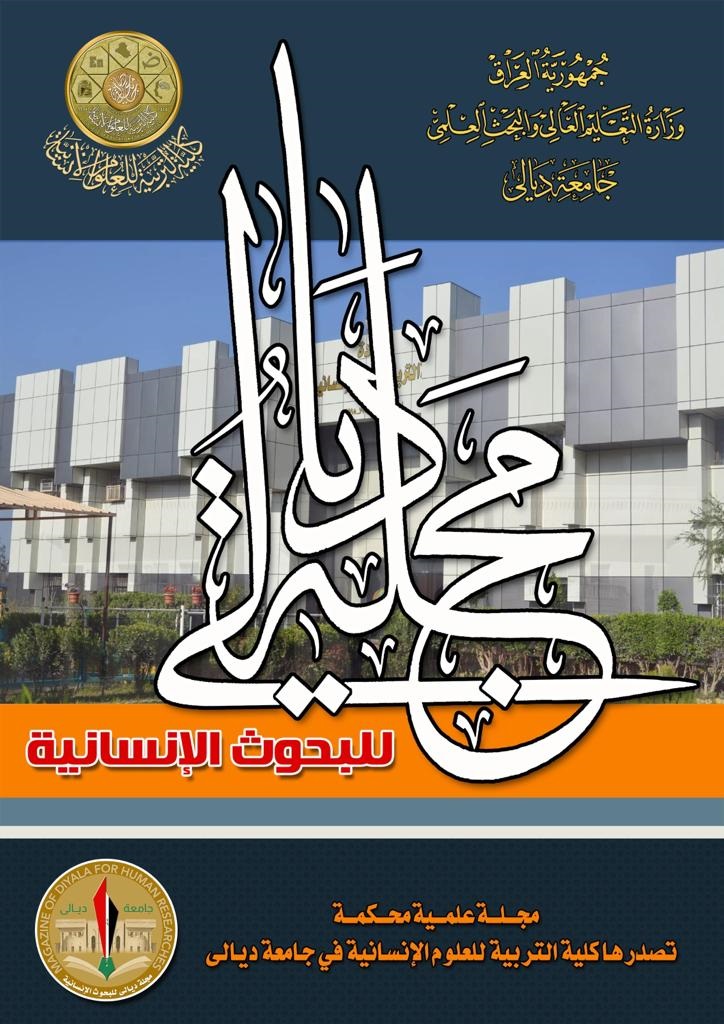A Multimodal Discourse Analysis Study of Selected Children Film “Alice in Wonder Land ”
DOI:
https://doi.org/10.57592/djhr.v2i94.2733الملخص
There has been growing interest in multimodal discourse analysis in different types of texts, yet some fields still need this type of analysis because there are gaps in the knowledge of how to analyze the linguistic and non-linguistic elements of discourse and the role of each of them in achieving their desired goals, which creates an urgent need to study and analyzing these elements to remove the aforementioned controversy, and among these texts are children's fictional films, the subject of this study.
The study is based on the hypothesis that children's film designers use both linguistic and non-linguistic elements, which play a complementary role to each other, but they depend mainly on non-linguistic elements. The study also assumes that the non-linguistic elements have a greater role in involving viewers, but the linguistic elements have a greater role in revealing the thoughts and orientations of the speaker.
To achieve the objectives of the study and prove the validity of its hypotheses, the study adopted two types of procedures: theoretical and practical. Theoretical procedures were represented by presenting a theoretical framework of multimodal discourse, which includes its origin, definition and principles. As for the practical procedures, The selected film has been analyzed in the light of selected model based on Fairclough (2001), and Kress and Van Leeuwen (2006).
Qualitative and quantitative research methods have been adopted in this study, where the qualitative analysis method is represented by the detailed analysis of each segment in the film, on the other hand, the quantitative analysis method consists in using statistical tables and numbers to discuss the frequency and percentages of linguistic and non-linguistic elements in the movie.
The results of analysis show that designers of children films’ construct the intended messages by using both linguistic and non-linguistic elements, but they tend to depend more on non -linguistic elements. The results also show that viewers are got involved into film mainly via non -linguistic elements especially camera angle and gaze, while the speakers tend to express their ideologies mainly via linguistic elements. These results verify the hypotheses adopted in the study.
التنزيلات
منشور
إصدار
القسم
الرخصة
الحقوق الفكرية (c) 2022 Assist. teacher Hiba Hussein Sadoon

هذا العمل مرخص بموجب Creative Commons Attribution-NonCommercial 4.0 International License.

